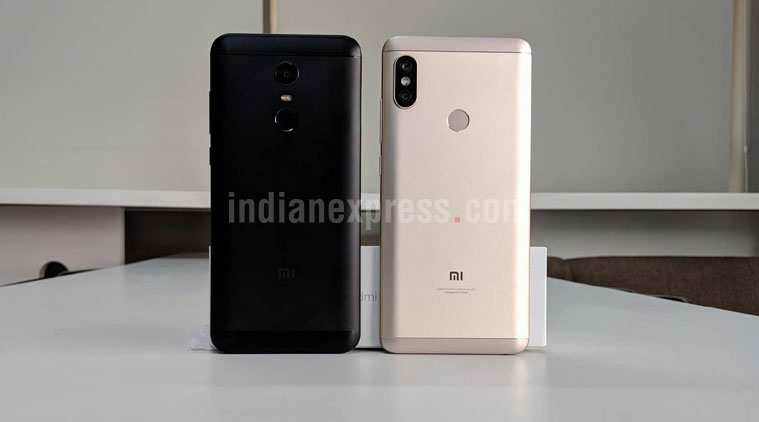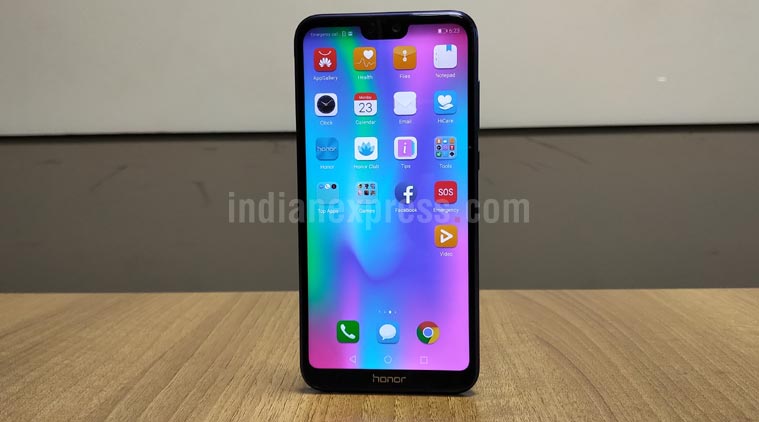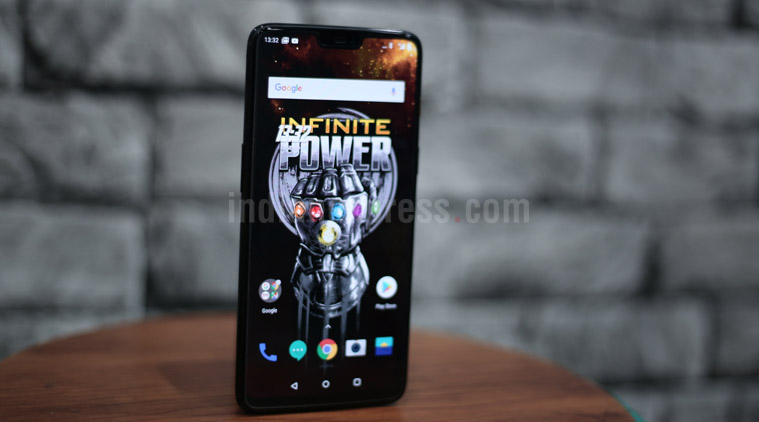Xiaomi on top, Samsung second in India’s smartphone market, according to IDC data
IDC Q2 2018: Xiaomi was the leading smartphone vendor in the second quarter of 2018, ahead of Samsung, according to numbers shared by IDC
 Xiaomi is on top once again, according to IDC, ahead of Samsung and other players in India’s smartphone market.
Xiaomi is on top once again, according to IDC, ahead of Samsung and other players in India’s smartphone market.
Xiaomi was the leading smartphone vendor in the second quarter of 2018, according to numbers shared by research firm International Data Corporation (IDC). This report come even as another research firm Counterpoint has put Samsung on top in India’s smartphone market, ahead of the Chinese player.
However, IDC’s data shows that Xiaomi remains number one with four of its smartphones being the top four in terms of shipments in the quarters. These are Redmi 5A, Redmi Note 5 Pro, Redmi Note 5 and Redmi 5, which also accounted for 26 per cent of overall smartphone shipments
According to IDC, the Indian smartphone market saw an overall healthy growth of 20% in the second quarter of the year with a total of 33.5 million units being shipped. The reason for such strong growth is the slew of online exclusive launches and strong shipments by offline heavy vendors, notes the firm.
But the market is “seeing rapid consolidation at the top end”, says IDC. “The top 5 vendors made up 79% of the smartphone market in 2Q18, marginalizing smaller brands,” said Upasana Joshi, Associate Research Manager, Client Devices, IDC India.
Also read: OnePlus tops India’s premium smartphone market above Apple, Samsung
Xiaomi is India’s top smartphone vendor, Samsung number two
Coming to individual vendors, Xiaomi saw nearly 10 million shipments, and controls 29 per cent market share. According to IDC data, Xiaomi saw 107.6 per cent growth compared to last year. Data from IDC also showed that Xiaomi contributed more than 56 per cent of the shipments in online space, and had 33 per cent shipments in the offline channel.
The growth in offline is not surprising given Xiaomi has evolved from being an online heavy player to widening its offline presence in the last year or so. In terms of individual devices, Redmi 5A, Redmi Note 5 Pro, Redmi Note 5 and Redmi 5, were the phones that contributed to Xiaomi’s growth.
 Samsung remained number two in the overall Indian smartphone market, but it had number one spot in the premium segment in India.
Samsung remained number two in the overall Indian smartphone market, but it had number one spot in the premium segment in India.
Coming to Samsung, it was at number two with 8 million shipments in the quarter, and a 23 per cent market share, which puts it well below rival Xiaomi. Samsung’s yearly growth was around 21 per cent, according to IDC data.
Budget phones like Galaxy J7 Nxt, Galaxy J2 (2017) and J2 (2018), remained the volume drivers, though in the high-end segment it saw incremental demand thanks to cashback offers, etc, noted IDC.
According to IDC, vivo and Oppo were number three and four with Chinese brand Transsion joining number five on the list. In vivo’s case, Y71, V9 and Y83 were the key volume drivers.
Transsion holds brands like itel, Tecno and has managed to carve a niche for itself in India with budget phones, which sport latest specifications.
Huawei and Honor brand in India
Data from IDC also showed that Huawei and its sub-brand Honor had strong shipments in online segment. Honor has managed to occupy an all-time high of 8 per cent share in online segment in second quarter of 2018.
“Huawei has had a stellar quarter worldwide moving into the second position, toppling Apple. In India, with a refreshed focus it has been able to grow its share in the online space in the last two quarters, on the back of several new launches across price segments,” added Joshi.
 Honor had strong shipments in online segment as well, according to IDC data.
Honor had strong shipments in online segment as well, according to IDC data.
The research firm see Huawei as a strong challenger to Xiaomi and Samsung in the future.
ASP of smartphones is growing, premium segment in India
Another highlight is that the average selling price (ASP) of smartphones in India continues to grow. It now stands at $167. “The growing popularity of financing schemes in the offline channel across model portfolios by almost all vendors is driving affordability and thus pushing the overall smartphone ASP’s to a record high of $167 in 2Q18 from$157 in 2Q17,” said Joshi.
More importantly the premium segment, which IDC views as $500+, grew almost two times year-over-year mainly due to continued strong shipments of Samsung Galaxy S9 series and OnePlus 6. However, IDC data shows OnePlus as the second biggest player in this segment after Samsung, though it is ahead of Apple. OnePlus had 21 per cent share in this segment for the second quarter.
 IDC data shows OnePlus as the second biggest player in the premium segment in India.
IDC data shows OnePlus as the second biggest player in the premium segment in India.
Other reports from Counterpoint have pegged OnePlus as the leader in the premium segment, though they count this from $400+ and above.
Features phones and JioPhone
On feature phones, IDC data showed 44 million units being shipped in the second quarter, with 29 per cent yearly growth. The main force behind the numbers was Reliance Jio and its JioPhone, which was the top vendor in this segment. But when it comes to just the 4G feature phone market, there was a 10 per cent quarterly decline with 19 million units being.
Howeverr, the 2G feature phone segment continued to decline further, noted IDC. Local players are struggling for survival in this segment, which is facing tough competition from 4G feature phone by Jio.







